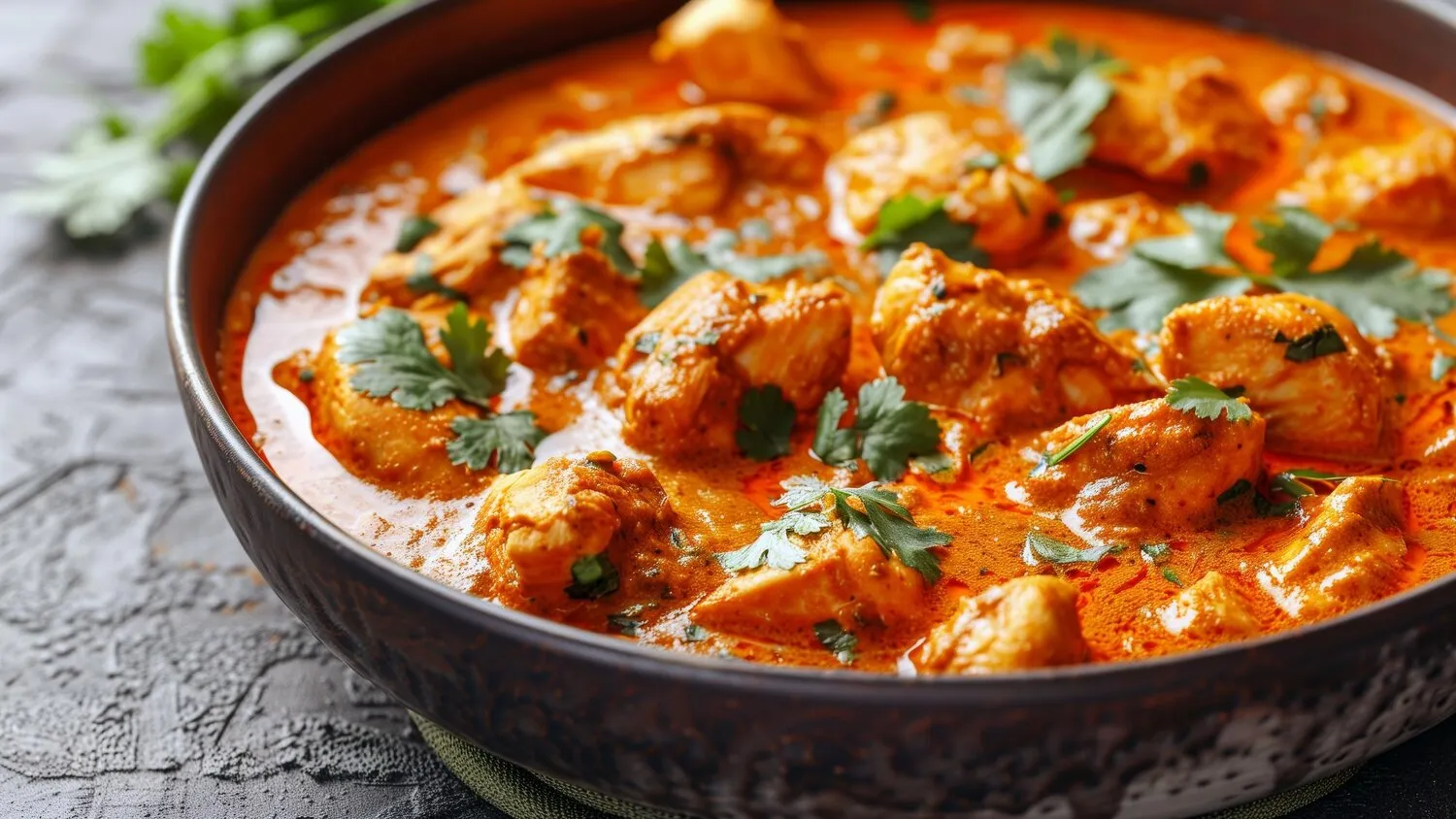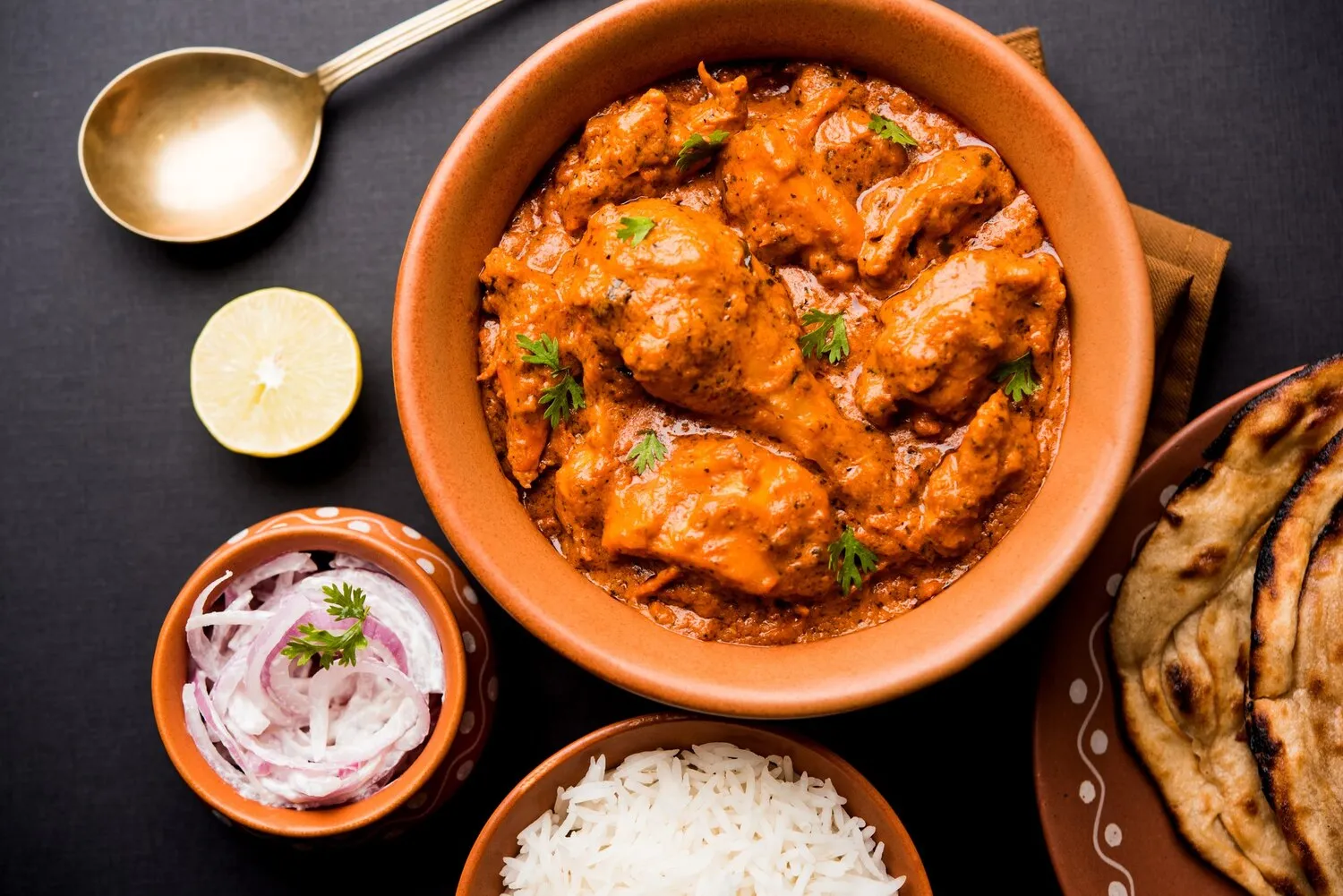
Vegetable Biryani
Vegetable Biryani is a flavorful rice dish made with a mix of vegetables, aromatic spices, and herbs. The vegetables are typically cooked with the rice in layers, allowing the flavors to meld together.
Nutrition Facts
* The % Daily Value (DV) tells you how much a nutrient in a serving of food contributes to a daily diet. 2,000 calories a day is used for general nutrition advice.
Biryani's origins can be traced back to Persia, brought to India by the Mughals. It evolved over time, incorporating local ingredients and cooking styles, resulting in the diverse biryani variations found across the Indian subcontinent. Vegetable Biryani is a more recent adaptation, catering to vegetarian preferences.
Vegetable Biryani holds a prominent place in Indian cuisine, often served during festive occasions, celebrations, and family gatherings. It's a symbol of hospitality and a delightful vegetarian option.
Celebratory Dish
Biryani, including the vegetable variant, is a staple at weddings, Eid celebrations, and Diwali feasts, representing abundance and joy.
Regional Variations
While primarily vegetarian, regional influences can lead to variations in spice blends and vegetable choices. Each region boasts a unique style of Biryani.
Symbol of Hospitality
Serving Biryani to guests is considered a gesture of warmth and generosity, reflecting the importance of hospitality in Indian culture.
Vegetable Biryani is a symphony of aromatic spices, layered with the earthy flavors of assorted vegetables and the comforting texture of basmati rice.
The dominant flavors are a complex blend of spices like saffron, cardamom, cloves, cinnamon, bay leaves, and mace. Ginger, garlic, and green chilies contribute a pungent base. Vegetables such as carrots, peas, potatoes, cauliflower, beans, and bell peppers offer sweetness and savory notes. Fresh herbs like cilantro and mint provide a refreshing counterpoint. The rice, infused with these flavors, becomes subtly sweet and savory.
Rice Quality
Use high-quality aged basmati rice for the best texture and aroma. Soaking the rice before cooking is crucial for even cooking and fluffiness.
Layering Technique
Layering the rice, vegetables, and spices allows the flavors to permeate evenly throughout the dish. A layer of caramelized onions adds a touch of sweetness and depth.
Dum Cooking
The 'dum' cooking method, where the Biryani is cooked slowly in a sealed pot, is essential for optimal flavor infusion and tenderness. Sealing the pot with dough helps trap steam and ensures even cooking.
Saffron Infusion
Soaking saffron strands in warm milk or water and then drizzling it over the rice adds a vibrant color and a subtle, luxurious flavor.
Explore additional Indian dishes and restaurants
Explore IndianDiscover top dining spots and culinary experiences in St. Gallen.
Explore St. GallenLearn more about the food culture, restaurant scene, and culinary heritage of Switzerland.
Explore Switzerland
